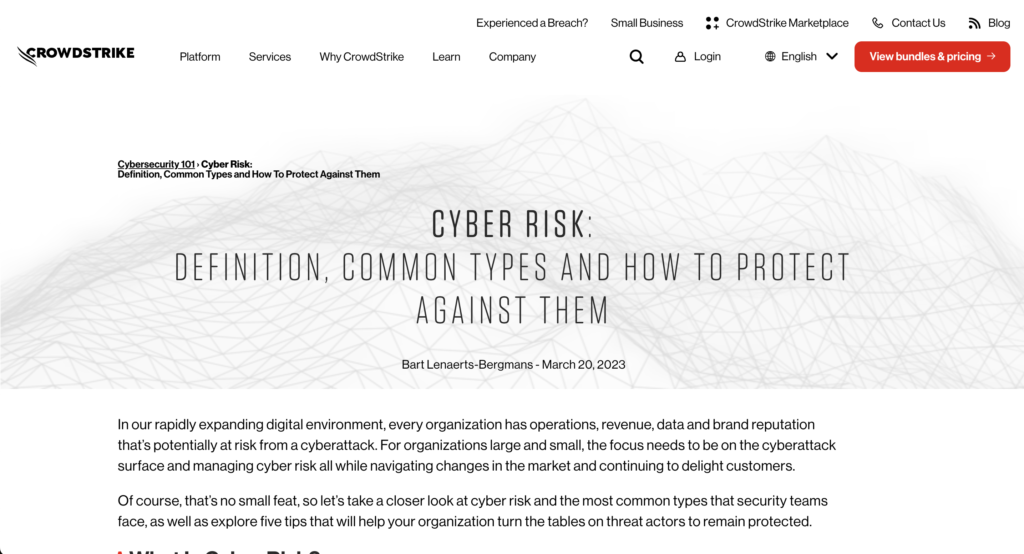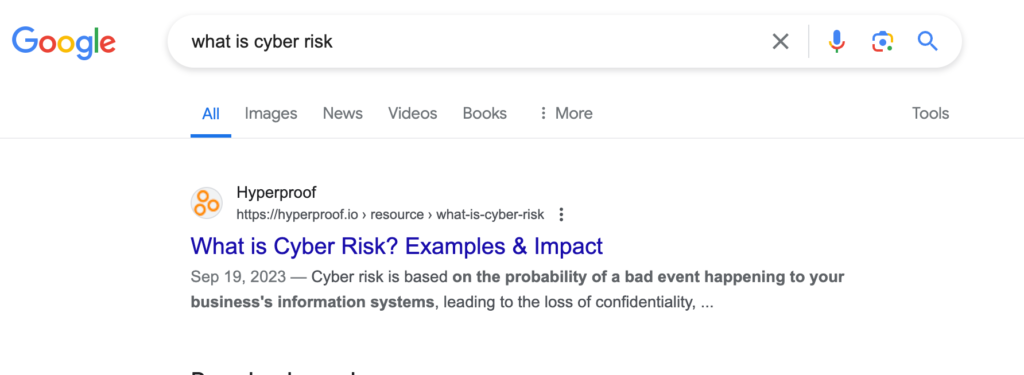There are tons of guides with the summary of CONTENT IS KING as a solution for all queries related to improving the SEO of a website. Even I have a few of those guides on this blog.
All these guides suggest some CONTENT-based SEO tasks like
- SEO Content Writing — Keyword Insertion (Naturally), Search Intent Matching
- Content Refreshing — Updating old content, changed numbers, information, and more.
- Optimizing titles, meta titles, and headings for SEO.
- Content Audit for keywords, sub-topics, silos, and so on and on…
- Content Rewriting — For instance, this post is being rewritten because it was originally written in 2012.
These tasks might look easier on paper — but practically when you do them at scale, they are all very tedious tasks.
Tedious but all very effective when done right!
But these tedious content-related tasks need more add-ons for better SEO rankings in 2024.
After HCU, the meaning of content changed from just being good, long comprehensive answers to EASY TO CONSUME, FAST TO CONSUME, ACCURATE, AUTHORITATIVE, TRUSTWORTHY not-so-very-SEO-optimized and if possible — as DYNAMIC, and VISUAL as possible.
To make all these happen and help your content rank better, faster, and longer you will need the following SEO Techniques.
1. Build Authority And Branding By Generating Backlinks From Authoritative Websites.
Links are as old as content — in terms of ranking factors for search engines. But just like content, the concept of what is a good backlink has been evolving with every algorithm update. It was just DR for a while, following it was relevance, then came traffic as a metric, and now in 2024 it is all about relevance, placing of the link, context, and referring domain being, real business, being spam-free and guest posts free.
Google has been airing out their WISH and WILL of organic links ONLY since 2012. I think after a decade and tons of updates, they are finally there — they can now judge and value a good organic link and at the same time, de-value paid guest posts and link farm kind of links — no matter the DR and organic traffic metrics.
So how do you generate such backlinks?
I have a detailed guide on it. But here I will give a gist with bullet points.
- Creating interesting linkable content — Reverse Engineering the competition or top organic sites in niches closely related to your site is the best way to do it.
- Creating great visuals and videos — Incorporate other media besides content, such as images, videos, infographics, and the like. Many people embed great visuals and videos without realizing they are giving backlinks. For quick creation of this kind of visual content, consider using free tools such as ~Adobe Express video editors~, Photoshop tools, Infographic Maker, etc.
.
2. Technical SEO Audit
SEO is a messy business— technical SEO is 10 times worse.
For any site with less than 10000 pages, you will not need that classic technical SEO mess with 100 variables.
But you can do some basic fixes for your small business site with Screaming Frog or Ahrefs Site Audit.
More than often, most small sites have issues like
- Broken Links
- Missing Redirects, too many redirects, or endless redirect loops
- Missing meta descriptions or too long
- Too many thin pages like categories, and tags in the index (not a big issue, but an issue)
- Canonical issues
- Missing schemas
- Content duplications
- Missing sitemaps or missing pages in sitemaps.
- No https,
- Resolving 200 for http and https and www and non-www versions
- Having too many unwanted pages like release versions in the Google Index
Recently I did these basic fixes for a client in observability niche. Considering the low competition of the niche, these basic fixes took the site up the ladder for most of their targeted keywords.
3. Improve External And Internal Linking.
I have been writing about the importance of external links in unifying the web as an entity of resources since 2012.
However, the concept of link juice from 2009 stopped many SEOs from giving away external links.
Now in 2024, linking (both external and internal) is a powerful ranking factor. It helps search engines categorize, filter, and measure your authority on the topic of your website.
Also from a writer’s perspective, I believe that providing internal and external links within my content can enhance the reader’s understanding of various topics. In short external links help readers and anything that helps readers is often appreciated by search engines.
Note – Good internal linking strategy is the key to establishing yourself as an authority in your niche.
4. Redesign Your Website Content Layout For Trustworthiness and Relevance — Minimal, Modern Works For Most Businesses.
Most SaaS creator or B2B website owners takes great care in designing their homepage, product page, about us or contact us pages.
But very few of them pay attention to the layout of their blog posts.
If you are business owner aiming to build a funnel or getting people to use your service or buy your product, they need to trust your content.
And they cannot trust your content if it looks like this in the first Glance.

I am not saying that this blog on CrowdStrike is not trustworthy at all. The name CrowdStrike is quite popular in the niche. But that can be further enhanced by design for people who are not aware of the brand — CrowdStrike.
I tried to edit the CSS on developer tools on Chrome to come up with very small changes to make it look more trustworthy.

Here are some basic content layout things that improve the trust factor, readability, scannability, and overall look of the blog post.
Content section width: The attention span of internet readers is quite limited, even when they visit your website intending to read.
- Longer sentences and lines with over 70-80 characters can diminish the motivation to keep reading.
You can cross-check this statement on the Google SERPS page

Font, line height, and character spacing: These elements must align with font size to make the text easier to consume and read.
- Whatever font you are using, you can follow the same base font-to-header ratio on Google SERPs. It usually gives great results for readability and scannability.
Another simple adjustment I’d suggest, not just for this website but for many leading SaaS and B2B sites, is modifying the margins for headers.


- Most of them give headers the same top and bottom margin for all their headers. This does not make the text below the header belong to the header.
5. Leverage AI to Generate Visuals That TALK to your READERS
I mentioned in the Link Building section that Great Visuals can get you good links. They are not just for links. If you can build a design system for images and visuals, they can also bring uniformity, and branding and improve trustworthy ness of your web business.